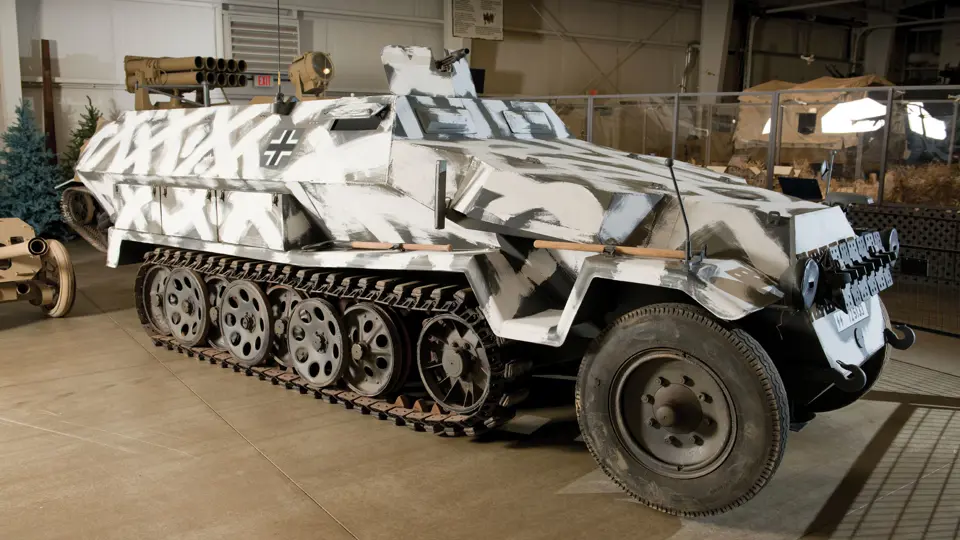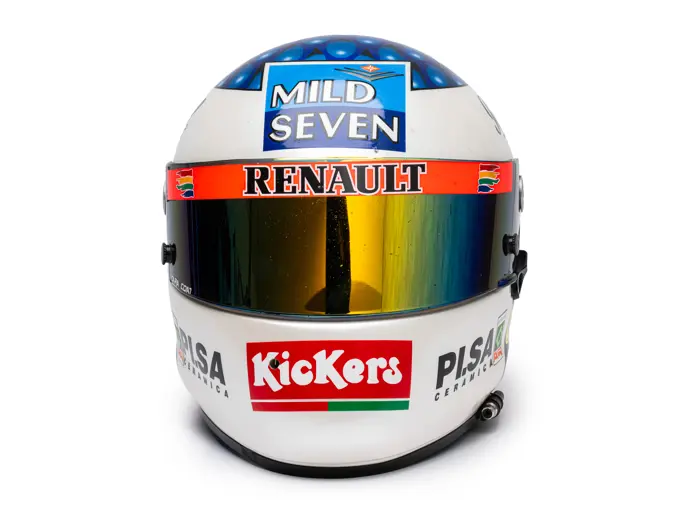Please Note: Information regarding these museum display vehicles was provided by the National Military History Center and has not been independently verified by Auctions America by RM ("AA"). As such, AA does not verify, warrant or guarantee any of this information. Prior inspection and research by the buyer is highly encouraged and recommended.
ATTENTION: Buyers are responsible for securing transportation and moving/loading of lots. Lot may be left on display indefinitely in the museum free of charge with a signed loan agreement form. Lots are sold as is, where is.
Please note this is being sold on "Bill of Sale" only.
Manufacturer: Hanomag-Hannoversche Maschinenbau AG
Production Years: 1940-1943
Engine: Maybach HL 42 TUKRM six-cylinder, 100-hp
Length: 19-feet
Width: 7-feet
Height: 7-feet (including machine gun shield)
Weight: Approximately 9-tons (loaded)
Armor: Hull: 14.5-mm at 14-degrees - Sides and rear: 8-mm at 35-degrees - Floor: 6-mm, horizontal
Armament: Demilitarized
Maximum Road Speed: 33-mph
Crew: Up to 12
Markings: German Army, 9th Panzer Division, typical 1941-1942 paint scheme of Panzer grey and sand
The SdKfz 251 Ausf. C was the third model progression in the Hanomag S.P.W. production series. Experience gained from combat operations with the Ausf. A and B models prompted designers to implement improvements on the C model. The machine gunner’s shield and exterior stowage arrangements from the B model were retained (which were themselves improvements over the A model). The most significant changes were to the engine compartment armor and the interior stowage arrangements. Unlike the A and B models that had two piece nose armor plates, the C model incorporated a simplified one piece armor plate for the nose. Instead of using an open top grill to draw cooling air in, like the A and B models, the C model drew its cooling air from behind the front armor plate. Additionally, the C model was given flared armored cowls on the sides of the compartment so that engine ventilation flaps could remain open during combat. Improvements were also made to the mudguards to address problems of mud and debris accumulation. The C models had over twenty sub-variants, from mortar carriers to ambulances and self-propelled anti-tank gun mounts.



 | Auburn, Indiana
| Auburn, Indiana


